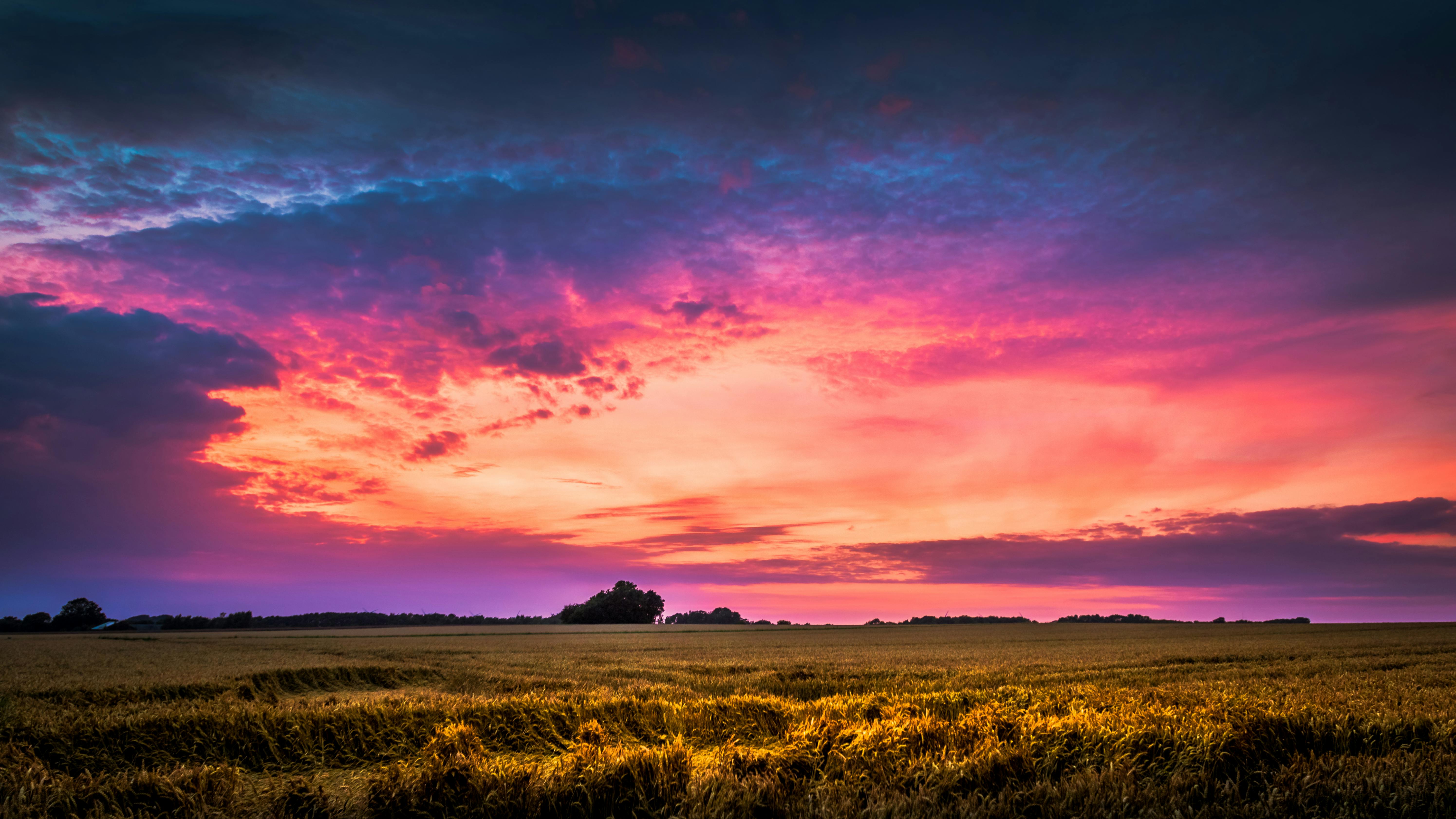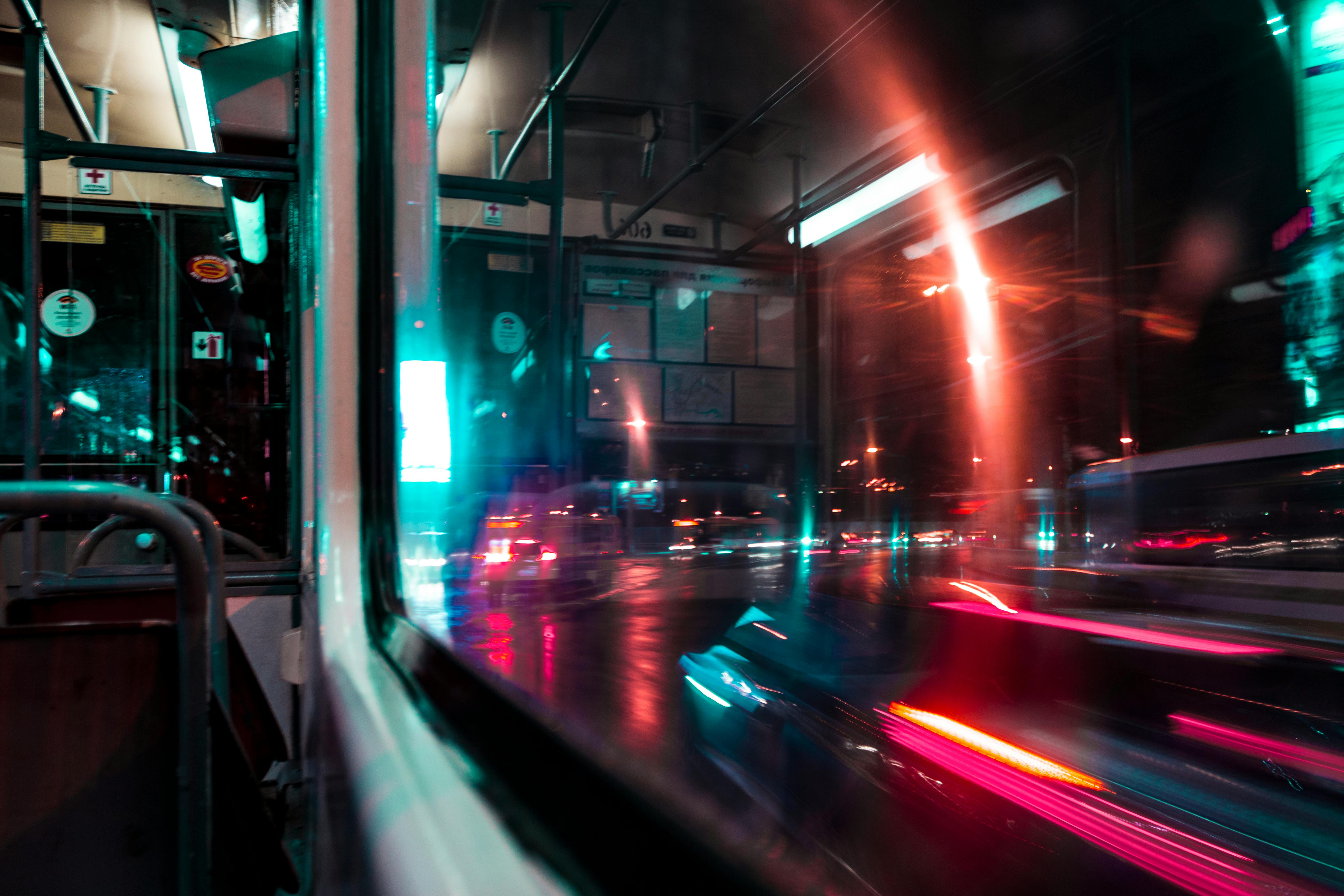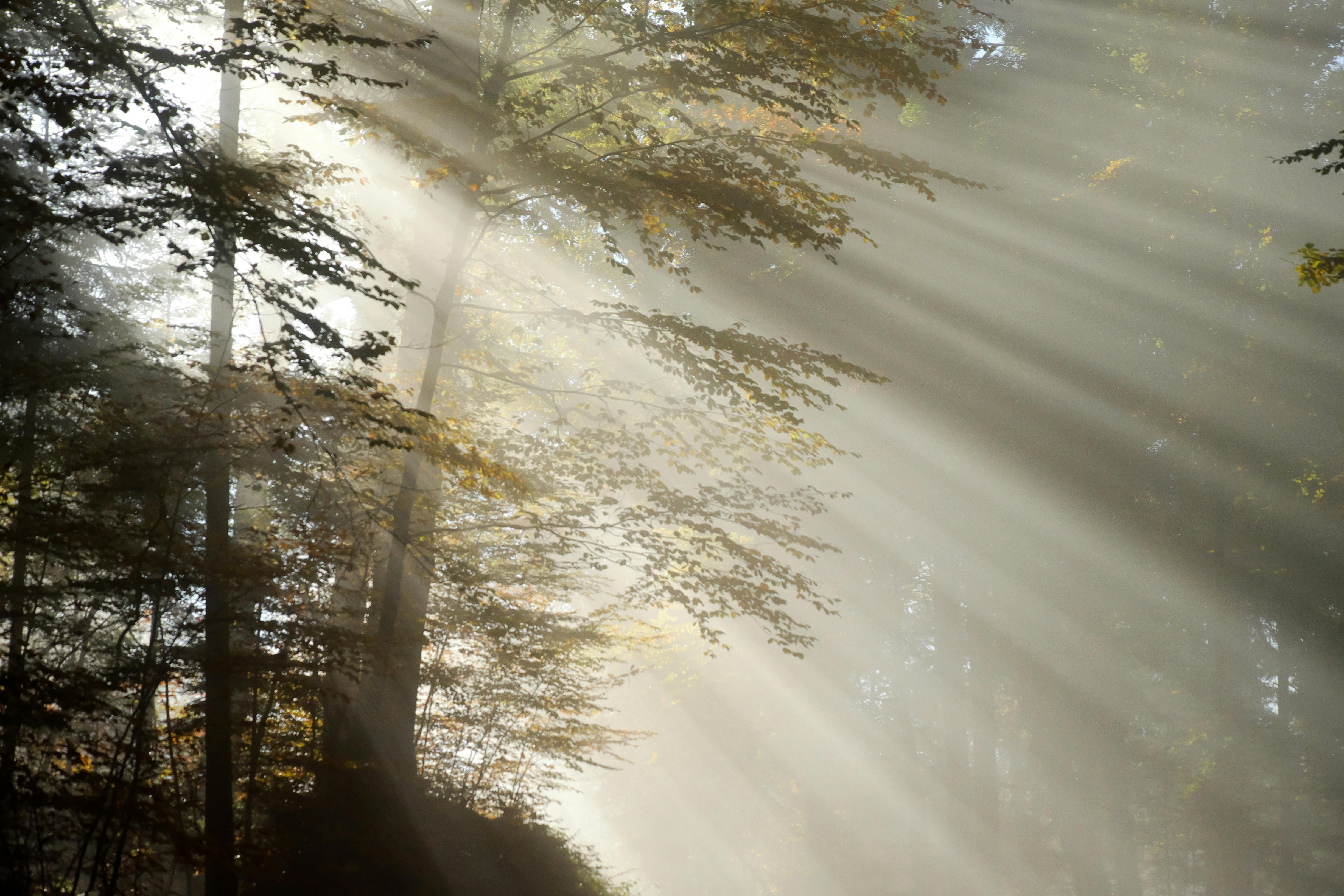“The only thing we had permits for was to shoot on the elevated train,” explained William Friedkin, director of “The French Connection.” He and his producer met with the Head of Public Relations for the New York Transit Authority. They explained to him what they wanted to do and asked his permission to do it. “You guys are crazy,” the official admonished, “I could never let you do something like what you just described. First of all: there’s never been an elevated train hijacked, there’s never been a train wreck on the elevated train system.” New York, and we’ve never had a car chase a train. It would be really HARD.” The director and the head of production got up to leave. Fortunately, the producer was perceptive enough to expect the conditions the New York transit officer was alluding to. “How HARD?” the producer asked knowingly. The officer’s response was the first step toward creating what is arguably the greatest car chase ever filmed in movie history; a sequence that was so audacious in its execution that it could never be legally performed again. “$40,000 and a one-way trip to Jamaica,” he replied. He was serious and that’s what the production supposedly paid him for. However, according to Friedkin, the film did not originally have $40,000 allocated for payments. The budget for the entire film was approximately $1.5 million and the film would exceed that by $300,000; due in part to paying cuts like the one just described. Friedkin convinced the studio that this was the way to do it. He asked the man why he specifically needed a “one way ticket”. “Because,” the transit officer confirmed, “if I let you do what you just told me on that train, I’ll get fired. I want to live the rest of my life in Jamaica.” And he so he did it; Happy forever.
“The French Connection” is based on a real drug case in New York City. Real-life detectives Sonny Grosso and his partner Eddie Egan (the inspiration for Gene Hackman’s Popeye Doyle character) broke up an organized crime ring in 1961 and seized 112 pounds of heroin, a record amount at the time. The investigation was the subject of a Robin Moore book and an Academy Award-winning film. For legal reasons, Egan and Grosso’s names were changed to Doyle and Russo. Despite the name changes, however, Sonny Grosso has been quoted as saying the film is a 95 percent accurate depiction of the events of the 10-month investigation. The only event that didn’t actually happen in the case was, in fact, the car chase scene in “THE FRENCH CONNECTION.”
William Friedkin felt he needed the car chase or else he would have nothing more than “a picture of police surveillance”. Friedkin goes on to say that “policing is like watching paint dry. It’s so boring.” He knew the movie needed the scene, but he didn’t find out until a couple of weeks before principal photography began that it would involve the car chase scene in “THE FRENCH CONNECTION.” One day, he and his producer decided to take a walk starting at 86th Street on the east side of Manhattan. They walked 55 blocks south. “We’re not going to stop, we’re not going to back down until we can think of a chase scene,” Friedkin recalled the two deciding. They heard the subway rumbling under their feet, saw the smoke billowing from the streets. They saw the traffic and the crowds of people that make up New York. “We started improvising the chase.” This became the genesis of the scene that would obviously become the signature sequence of the film.
Gene Hackman’s stunt driver was named Bill Hickman. He was also the host of “Bullitt” starring Steve McQueen. Steve McQueen is said to have been one of the original choices for the role in “The French Connection” that would inevitably be played by Gene Hackman. Both “Bullitt” and “The French Connection” were produced by Philip D’Antoni. It was the car chase in “Bullitt” (which had only preceded “French Connection” by 3 years and was still very much in the memory) that set the standard for how exciting the car chase scene in ” The French Connection”. . It would eventually be decided that they would top the car chasing a Steve McQueen car with the car chasing a Gene Hackman elevated train.
According to the director, he did not storyboard the chase. “I didn’t write it,” Friedkin insists. “It wasn’t in any script. But we went to a number of places. There’s a guy named Fat Thomas who gets credit as a location manager. Fat Thomas was a £425 bookie in New York who had been arrested 52 times for placing bets. with a conviction. But he knew New York like the back of his hand. He took me and showed me the area where I got permission to film the chase.” This neighborhood was the line of Stillwell Avenue at Bay 50th Street near Coney Island. Friedkin would take the team to all of these locations about a week before principal photography began and they discussed what could potentially happen while taking some notes. “We didn’t have permits to film the chase. None. We didn’t have any permits from the city to be on the streets. But I had these off-duty cops with me, and if something went wrong, they just flashed a badge.” and the problems would go away.
When they finished filming everything they had planned, the director looked at the junks and decided that he was not satisfied with the final results. “I thought it was pretty silly,” Friedkin admitted. One day, when they were supposedly done, Bill Hickman, the stunt driver, accompanied the director to a downtown bar for a drink. The stunt driver turned to Friedkin and asked, “Well, boss, what do you think of the chase we filmed?” The director was forced to admit that he felt that he was not very good and that it was not as exciting as he would have hoped. Hickman blushed slightly and responded with a challenge. He requested that the car be placed under the elevated tracks the next morning at 8 am. “Get in the car with me,” he promised Friedkin, “and I’ll show you how to drive.”
They planned to shoot elsewhere that day, but the director went to the production manager and arranged for the car to be mounted with a camera on the bumper. He decided that he would operate the other camera over Bill Hickman’s shoulder because he “was young and single, and both cameramen had families.” Bill Hickman then drove 26 blocks through city traffic at 90 miles per hour without paid extras and without permission. As a warning to pedestrians, they installed a police siren on top of the car that was never photographed. The only thing staged was the shot of the woman with the baby carriage.
Actor Randy Jurgensen describes what it was like: “The car was totally stripped down…and I sat on the passenger side. It was wrapped up in a mattress and Billy Friedkin was in the back and he was on camera.” Jurgensen goes on to describe the conversation that took place just before the cameras started rolling: “Before we got in the car, Billy [Friedkin] he spoke to Bill Hickman as follows: ‘We’re only going to be able to do this once, we’re not protected, we’re lucky we get out of this without getting arrested, we’re going to steal this opportunity, so you’ve got to give it to me. You REALLY have to give it to me. He weaved, we went to the sidewalk once, we faced oncoming traffic once.” The car even lightly struck a city bus in such a way that it prevented the doors of the stunt car from being able to open.
The stunt driver kept his foot on the gas until he had to brake and the director kept encouraging him to do more. During second unit, they needed to shoot some footage of Gene Hackman driving the vehicle. What they hadn’t anticipated was that someone would come out of his house, get in his car, and drive to the shot. “All of a sudden, I see this blur,” Hackman recounted years later, “and this guy stops right in front of me.” Hackman hits the other driver, and the collision sent Hackman straight into a pillar. The cameraman was thrown to the floor of the trunk by the force of the impact. Fortunately, Hackman and the cameraman were not seriously injured.
Gerald Greenberg, the film’s editor, recalled, “Billy always wanted more of that stuff there and it certainly played into Gene Hackman’s face and all the frustration Hackman could conjure up. Many years after he filmed the car chase scene In “THE FRENCH CONNECTION,” William Friedkin admitted: “It was a terrible thing to do, it was very dangerous and life-threatening. I have to tell you, I would never do something like that again.”




